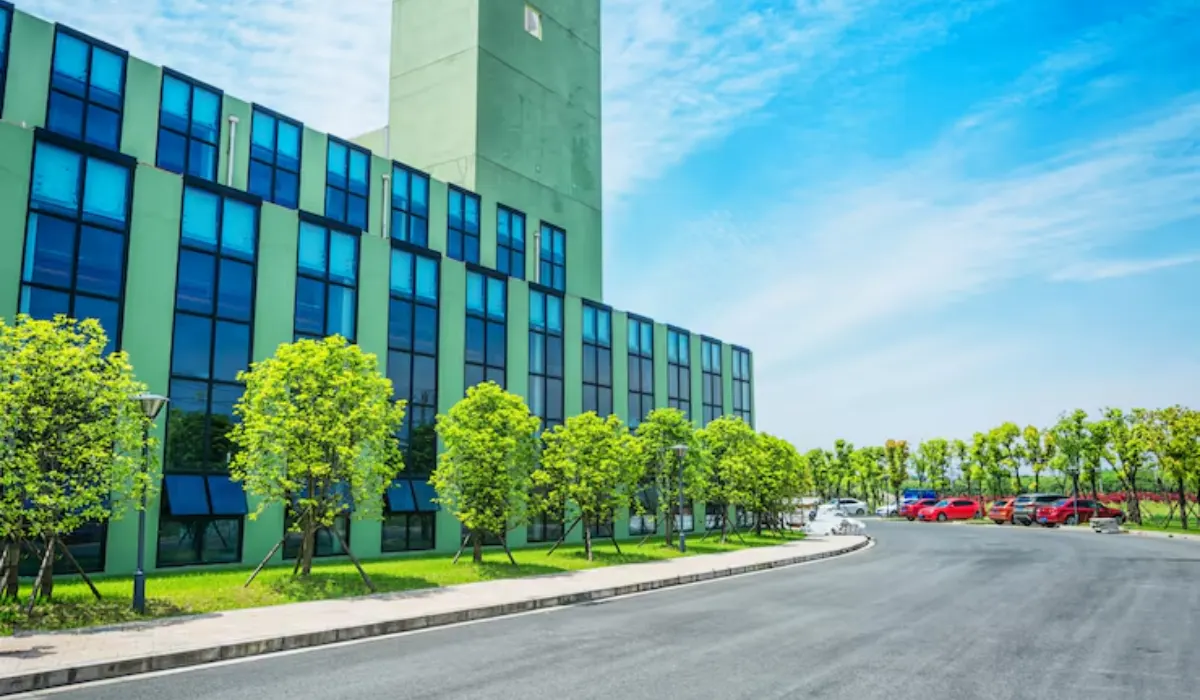A visitor looks down an empty hallway at The Fashion Mall at Keystone, Wednesday, March 18, 2020, in Indianapolis. Simon Property Group, the largest owner of shopping malls in the nation, is closing all of its malls and retail properties because of the coronavirus outbreak.
Darron Cummings | AP
When Macy’s Chief Executive Jeff Gennette explained at an investor meeting in early 2020 that he saw a “bifurcation of malls” shaping up, with the state of lower-tier shopping centers continuing to “decline rapidly,” he didn’t have anything bad to say about so-called A-rated malls.
Instead, Gennette said the department store retailer would continue to invest in its locations in A-rated malls, as it closed at other underperforming properties.
But the values of even some of the best shopping malls in the U.S. have declined at a staggering rate in recent years, according to a report published this week by the commercial real estate services firm Green Street. Green Street now estimates A-rated mall values have tumbled roughly 45% from 2016 levels, which peaked following a runup after the Great Recession.
A-rated malls are an important bellwether to monitor in the retail real estate industry because they account for the majority of mall value in the U.S. There are roughly 250 of them, representing a quarter of America’s roughly 1,000 shopping malls, by Green Street’s count. They bring in $750 in sales per square foot, on average, compared with an A++ mall, at $1,100, or a B mall, at $425, and a C mall, at $250.
“Mall values had a very strong recovery out of the global financial crisis,” Green Street senior retail analyst Vince Tibone said in an interview.
“The overall retail environment was much healthier,” he said. “At the time, the sentiment was that e-commerce was a big deal, but malls were more immune. And the sentiment on ‘A’ malls was totally different. We had a lot of transaction evidence that strongly suggested that — for the best malls in the country — net operating income was growing at a healthy clip, cap rates were low and financing was available.”
But, he said, that story has changed over time. Even for A-rated malls, fundamentals have started to weaken, driven down in large part due to weaknesses at department store chains, which historically have been the anchor tenants pulling in shoppers and encouraging other retailers and restaurants to move in. Asset values have been pressured even more in the past 12 months as the Covid pandemic brought new challenges, Tibone said.
The biggest U.S. mall owner, Simon Property Group, holds a substantial potion of the A-rated malls and outlet centers in the U.S. And its shares are down more than 32% over the past 12 months. Investors have pulled away from Simon, even as many analysts say it’s the strongest player in the mall space. Simon has a market cap of more than $32 billion.
A representative from Simon declined to comment on the Green Street report.
The biggest risk in the coming years is not for A-rated malls, however, but for B- and C-rated malls, Green Street said. The latter two groups will need to find entirely new uses in the coming years, while A-rated malls stand a much better chance of remaining viable by adding non-retail spaces to the mix, it said.
Simon, for example, swapped out two department stores at Broadway Square Mall in Tyler, Texas, and its Cape Cod Mall in Barnstable, Massachusetts with a Dick’s Sporting Goods and a Target. Simon said it expects to spend about $140 million on ongoing redevelopment and new development projects by the end of this year.
‘Death spiral’
Obsolete anchors is the No. 1 risk factor for mall values, according to Green Street. The real estate firm estimates about 360 mall-based department store have closed since 2016. And it predicts roughly half of remaining mall-based department stores will shutter by the end of 2025.
“Department stores pay minimal rent, but their impact to the center can be far greater if co-tenancy clauses are triggered,” Green Street said. These clauses allow tenants to reduce their rents, generally if there are at least two anchor vacancies at a property.
Macy’s is in the process of closing dozens more department stores this year, while J.C. Penney is looking at another 15 closures by March after shuttering more than 150 stores since it filed for bankruptcy last spring. (The company has emerged from bankruptcy after being bought by Simon and Brookfield Asset Management.)
Green Street estimates Macy’s currently accounts for 18% of anchor space at U.S. malls; Penney makes up another 18%; Sears 2%; while other department store operators like Nordstrom and Neiman Marcus represent 27%; and non-department store anchors account for the remaining anchor space at malls.
The North Carolina-department store chain Belk filed for bankruptcy protection on Tuesday, and will provide its lenders with a stake in the company. It’s unclear whether the deal would include additional store closures.
“A mall is a fragile ecosystem,” Green Street said. “When conditions deteriorate markedly, a mall can enter a ‘death spiral’ – where the lower sales productivity leads to falling occupancy, which results in fewer visitors attracted to a diminishing group of retailers, which continues the cycle of decreasing sales and occupancy.”
“This vicious cycle can continue until the mall becomes obsolete,” it said.















